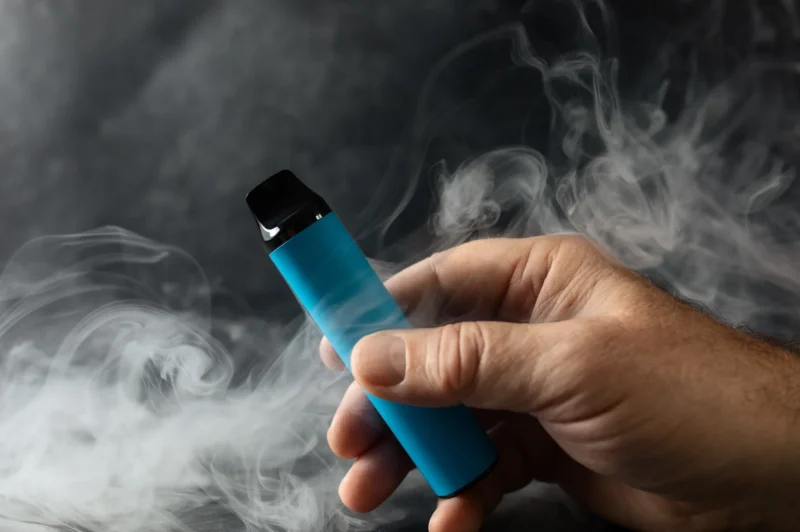Teenagers across Europe are increasingly turning to e-cigarettes while reducing their use of drugs and alcohol, according to the latest findings from the European School Survey Project on Alcohol and Other Drugs (ESPAD).
The comprehensive analysis surveyed nearly 114,000 students aged 15 and 16 from 37 countries, tracking trends in substance use and related behaviors over the past 30 years.
While smoking rates have generally declined since the 1990s, daily smoking among preteen girls has recently increased. Meanwhile, e-cigarette use continues to rise, with 44% of surveyed teens having tried vaping at least once, and 22% reporting regular use—up from 14% five years ago.
Most teens say vapes are easy to obtain, fueling “concerns over the dual use of traditional and electronic cigarettes and reflecting a broader shift toward alternative nicotine products,” the report noted.
Alcohol consumption is decreasing overall, with reductions in both regular drinking and binge drinking over the past two decades. However, heavy drinking remains an issue in certain countries, with the highest rates found in Denmark (55%), Germany (49%), and Austria (48%).
The survey also found that adolescents are starting to drink at younger ages. About three in four students have tried alcohol, with one in three having their first drink at age 13 or younger.
Cannabis remains the most commonly used illegal drug in Europe, with 12% of teens having tried it—the lowest level since 1995. Boys are more likely to use cannabis than girls, but “that gap is narrowing,” the report said.
Cocaine and ecstasy (MDMA) follow as the next most popular illicit drugs, with about 2% of teens having tried them. Use of LSD, other hallucinogens, and amphetamines is less common. Overall, 13% of teens have tried illegal drugs at least once, a rate that has slowly declined since around 2015.
There are significant differences among countries, with illegal drug use ranging from 3.9% in Georgia and Moldova to 25% in Liechtenstein.
The report also highlights a rise in non-medical use of prescription drugs: 8.5% of teens have tried tranquillisers or sedatives, while 6.9% have taken painkillers recreationally.
In addition, four in five teenagers play video games monthly. Although gaming remains more popular among boys, the prevalence among girls has more than tripled since 2015—from 22% to 71%.
Conversely, problematic social media use is more common among girls, though boys have experienced a larger increase in harmful use over the past decade. Nearly half of all students reported problematic social media behavior in 2024.
Gambling is another concern: nearly one in four teens gambled for money in the past year, including activities such as slot machines, lotteries, card games, or sports betting. Most gambling occurs in person, but 65% of teen gamblers also participate online.
Boys are more likely to gamble than girls, with rates varying widely across countries—from 9.5% in Georgia to 45% in Italy.
“Although many European countries have adopted stricter gambling regulations in recent years, with a heightened focus on protecting minors, gambling among European adolescents has remained stable,” the report concluded.




